Electric Iron Components Explained
Electric iron components are fundamental elements that constitute the device commonly utilized for eliminating wrinkles and creases from fabrics. These parts include the soleplate, a flat, smooth base that smoothly moves over clothing, and the heating element, which supplies the necessary heat for effective wrinkle removal. Electric irons cater to a broad audience, from household users to commercial laundries, and even industrial environments where large volumes of clothing necessitate prompt and efficient processing.
The operational principle of electric irons is relatively simple. Upon connection and activation, electricity passes through the heating element, typically regulated by a thermostat to sustain the desired soleplate temperature. Modern electric irons may incorporate steam production, facilitated by a separate water tank or an inbuilt pump that transforms water into steam. This steam not only assists in wrinkle removal but also aids in sanitizing and refreshing the fabric. Users have the option to select various heat settings or activate the steam function for tougher wrinkles.
For individuals in the garment industry or sectors frequently dealing with textiles, electric iron components are indispensable for their activities. The quality of these components significantly impacts the iron's performance and longevity. Hence, the careful selection of suitable parts is crucial for ensuring efficiency and durability. With technological advancements, many electric iron components have evolved to encompass diverse features such as anti-calc systems, auto-off functions, and even smart capabilities enabling remote control and customization through mobile applications.
Varieties of Electric Iron Components
Electric irons comprise a range of components that collaborate to deliver effective ironing functionality. The soleplate, the metal plate in direct contact with the fabric, is a pivotal element of the iron, requiring a smooth surface and uniform heating for efficient wrinkle removal. Soleplates may be coated with materials like ceramic or stainless steel to reduce friction and prevent adherence.
Another critical component is the heating element, responsible for converting electrical energy into heat. Usually situated within the iron's soleplate, the heating element comes in various forms to ensure even heat distribution. This element significantly influences an iron's power and heat retention capabilities.
Moreover, electric irons feature controls to manage their temperature and steam emission. These controls enable users to adjust the heat based on the fabric type being ironed, preventing damage from excessive heat exposure. Additionally, they may incorporate safety features like auto-shutoff mechanisms that power down the iron during inactivity or in instances of overheating.
Water tanks represent another vital component, storing the water converted into steam. The tank capacity can vary, with larger tanks suitable for continuous steam generation without frequent refills. Some irons come equipped with built-in pumps to enhance steam output.
Lastly, contemporary electric irons integrate advanced technologies like anti-calc systems to reduce limescale buildup, thereby extending the iron's lifespan. Self-cleaning functionalities often leverage anti-calc technology to prevent mineral deposits that could impede the iron's performance.
Selecting Electric Iron Components
The meticulous selection of electric iron components is essential, necessitating consideration and attention to the intended use. For businesses engaged in manufacturing or repair services related to electric irons, understanding the soleplate material is paramount. This material choice influences durability and the iron's smooth gliding over fabrics. For example, stainless steel soleplates boast longevity and excellent heat distribution, rendering them ideal for heavy-duty usage in commercial environments.
Other pivotal components to assess include precise and reliable controls, the type of steam emission (continuous or burst), the power source (electrical or battery-operated depending on the usage scenario), and additional features like anti-drip systems or self-cleaning functions, which can enhance value particularly in sectors like hotels or restaurants.
Considering these factors empowers businesses to make informed decisions when procuring electric iron components through B2B channels such as Alibaba.com.
Electric Iron Components on Alibaba.com
Alibaba.com serves as an expansive marketplace where global businesses can explore a diverse array of electric iron components suitable for various applications, spanning from household to commercial garment manufacturing. The platform's global reach enables buyers to engage with suppliers from different regions, offering an assortment of materials and functionalities tailored to meet specific business requisites. Whether a company seeks a standard aluminum soleplate for household irons or a robust heating element for industrial purposes, Alibaba.com streamlines these procurement processes with efficiency and accuracy.
The comprehensive selection on Alibaba.com includes options featuring advanced attributes like temperature displays or self-cleaning capabilities, fulfilling basic requirements while providing convenience and customization potential tailored to unique business needs. Additionally, services like Trade Assurance afford buyers peace of mind by safeguarding payments until order fulfillment confirmation.
Alibaba.com's dedication to supporting small and medium-sized enterprises is evident through its user-friendly interface simplifying international trade. Equipped with tools to navigate language barriers and mobile accessibility for on-the-go purchases, Alibaba.com underscores its commitment to facilitating seamless business operations irrespective of geographic location or scale. By opting for Alibaba.com for sourcing electric iron components, businesses can trust they are accessing a dependable marketplace prioritizing quality, product diversity, and customer satisfaction.
Frequently Asked Questions about Electric Iron Components
What constitutes the main components of an electric iron?
The main components include the soleplate, water tank, heating element, control panel, and various internal circuits managing temperature and steam settings. Soleplates are crucial for smooth gliding, while the water tank ensures continuous steam supply for a crisp finish.
How can I determine the appropriate soleplate material for my business's electric irons?
The choice of soleplate material hinges on the iron's intended use. Ceramic soles suit delicate fabrics, whereas stainless steel or coated aluminum options are preferable for general use on robust fabrics. The soleplate material impacts heat distribution and durability.
What role does wattage play in commercial electric irons?
Wattage dictates the iron's power output, influencing heating speed and effectiveness. Higher wattage irons can rapidly reach higher temperatures, making them ideal for businesses requiring swift heating.
Are eco-friendly electric irons available for sustainability-focused businesses?
Indeed, eco-friendly electric irons are accessible, featuring energy efficiency, non-toxic materials, and automatic shut-off capabilities. These are well-suited for businesses emphasizing sustainability.
Can I find customizable electric irons for specific business needs on Alibaba.com?
Businesses can discover a variety of suppliers on Alibaba.com offering customizable options such as ODM (Original Design Manufacturing) and OEM (Original Equipment Manufacturer) support for electric irons, enabling tailored solutions to meet specific requirements.
What are the benefits of opting for an electric iron with variable steam settings?
Variable steam settings enhance an electric iron's functionality by providing flexibility for diverse fabric types and preferences. This feature allows users to adjust steam output based on garment requirements.
How does the auto-off feature on certain electric irons benefit businesses?
Auto-off features enhance safety by automatically switching off the iron after a period of idleness, reducing accident risks and conserving energy. This is particularly advantageous for safety and energy-conscious businesses.
Are cordless electric irons available that do not require a power cord?
Absolutely, cordless electric irons offer convenience and flexibility during ironing without the constraints of a power cord. They are ideal for businesses needing to iron in various locations without access to an electrical outlet.
How can my business choose between an industrial and household electric iron?
The decision between industrial and household electric irons should be based on the ironing operation scale. Industrial models are tailored for heavy usage and efficient handling of substantial laundry volumes, while household models are better suited for lighter loads and delicate fabrics.
What factors should be considered when selecting an electric iron for a hotel or restaurant?
For hotels or restaurants, it is essential to consider irons featuring durable soleplate materials, a range of heat settings for different fabrics, and an auto-off function to enhance safety and energy conservation.
Are there specific electric irons designed for use in vehicles like cars?
Absolutely, mini electric irons designed specifically for vehicle use are available. These compact and lightweight irons are convenient for quick touch-ups while on the move.
Can I find electric irons supporting multiple languages on Alibaba.com?
While most product descriptions on Alibaba.com are in English, some suppliers may offer products with multiple language options. It is advisable to seek out suppliers providing multilingual support if this aligns with your business requirements.
What types of control panels are accessible for electric irons?
Control panels for electric irons range from basic on/off buttons to advanced LED displays with digital temperature settings. Choosing a control panel design that meets user needs is crucial for ensuring a satisfactory user experience.






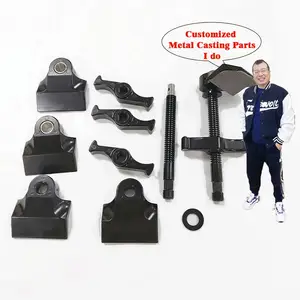





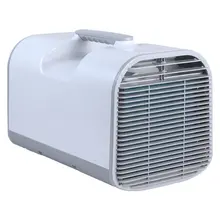



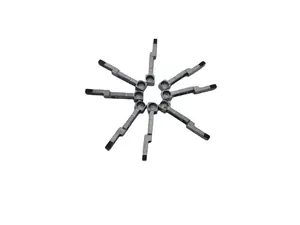

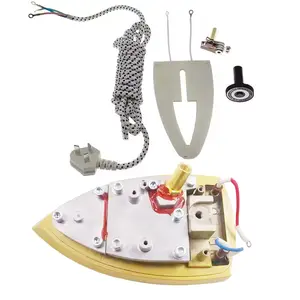
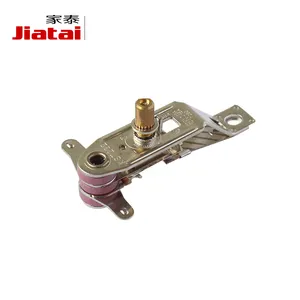






















 浙公网安备 33010002000092号
浙公网安备 33010002000092号 浙B2-20120091-4
浙B2-20120091-4